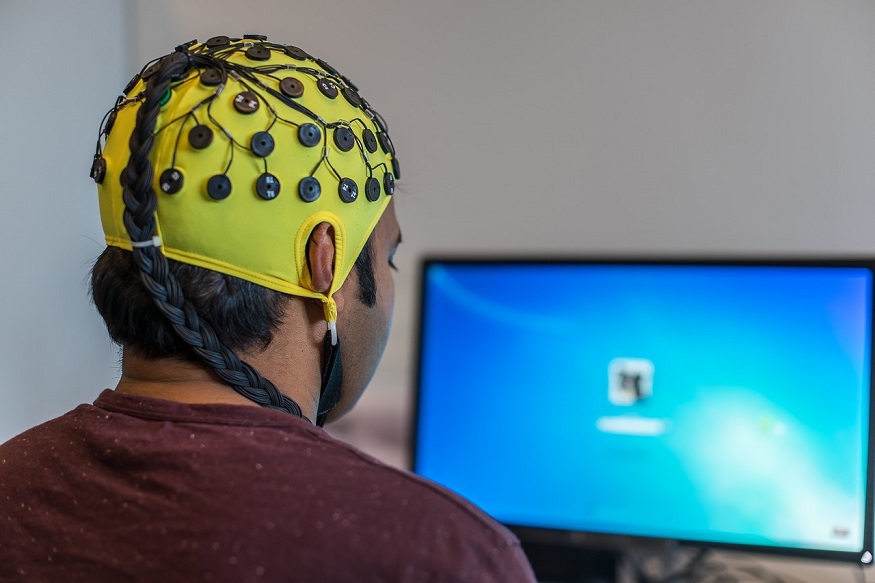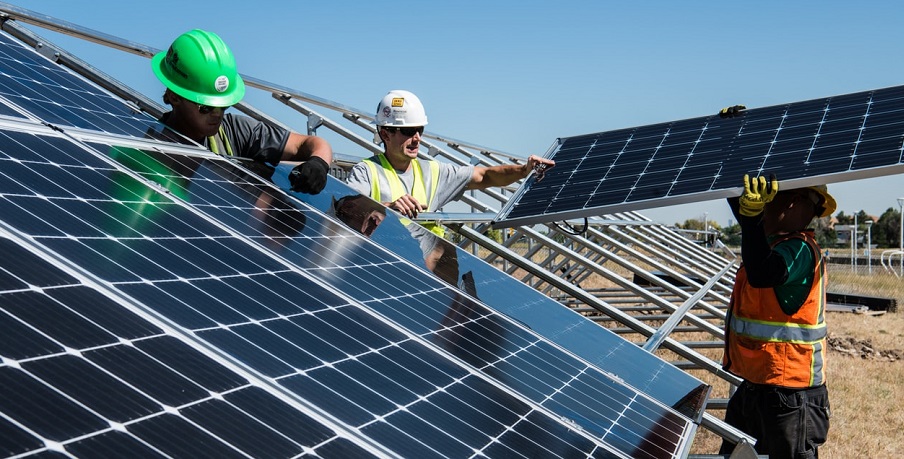
What are biosensors and how are they used?
January 7, 2021Biological sensors have a spectrum of potential applications in a range of industries.
Biosensors, a term short for biological sensors, are a category of analytical device made up of a biological element and a transducer. They also require a reader device to convert what is sensed into a measurable reading.
The biological element can consist of anything from an enzyme, a nucleic acid, or an antibody.
In biosensors, the biological elements, also known as bioelements, interact with the analyte being tested. Biosensors can include nucleic acids, antibodies, enzymes or other proteins, lectins or plant proteins, or complex materials such as microorganisms, tissue slices, or organelles.
The transducer then converts the biological response into an electrical signal. Depending on the specific application for the biosensor, they can also be known as resonant mirrors, optrodes, biochips, immunosensors, chemical canaries, biocomputers, or glucometers.
The sensor interacts with the analyte and generates a signal. It may be optical, electrical, or thermal. From there, a suitable transducer converts it into an electrical parameter that can be measured. That’s usually in the form of a voltage or current.
The sophistication of biosensors has made it possible to use them in a huge range of applications.
Advances in microelectronics and biotechnology have made it possible for the increasing sophistication of the right biosensor for complex biological media. As a result, they have also become extremely valuable for measuring a diverse range of analytes, such as gases, ions, organic compounds, and bacteria.
Their application can be valuable in medicine, research, and for commercial reasons. Among their most common uses include detection systems for sensitive laboratory-based purposes and in medicine. Some examples of biosensors used in medicine include those used in diabetes patient monitoring. Environmental applications are also areas of popular use, for example for detection of pesticides and other contaminants in water, including heavy metal ions. They can even be used for airborne bacteria detection.
Common biosensor uses include the following
Different kinds of biosensors are used for various helpful purposes across various industries. These include:
- Glucose monitoring – These biosensors are commercially available and use glucose oxidase do sense glucose via amperometric sensing.
- Interferometric reflectance imaging sensor – Also known as IRIS, it uses optical interference sensors with functions ranging from fluorescence imaging to interferometric imaging to address fluorescence protein microarray variability.
- Food analysis – This is especially helpful in detecting food toxins and pathogens.
- DNA biosensors – These can be used for DNA detection and sequence description, but more recent developments are leaning toward DNA synthesis for holding enzymes in a biological, stable gel, among other applications.
- Microbial biosensors – This represents a tremendous category. Researchers use bacteria to detect pollutants present in samples.
 Ozone biosensors – As ozone functions as an ultraviolet radiation filter, it can measure the depth UV radiation reaches in water and how it impacts marine organisms, including plankton in particular, and the viruses that attack those floating microorganisms.
Ozone biosensors – As ozone functions as an ultraviolet radiation filter, it can measure the depth UV radiation reaches in water and how it impacts marine organisms, including plankton in particular, and the viruses that attack those floating microorganisms.- Metastatic cancer cell biosensors – This form has the potential to directly test a tumor’s malignancy potential, providing feedback well beyond interior pictures from radiology imaging tests.



 With over 15 years of reporting hydrogen news, we are your premier source for the latest updates and insights in hydrogen and renewable energy.
With over 15 years of reporting hydrogen news, we are your premier source for the latest updates and insights in hydrogen and renewable energy.